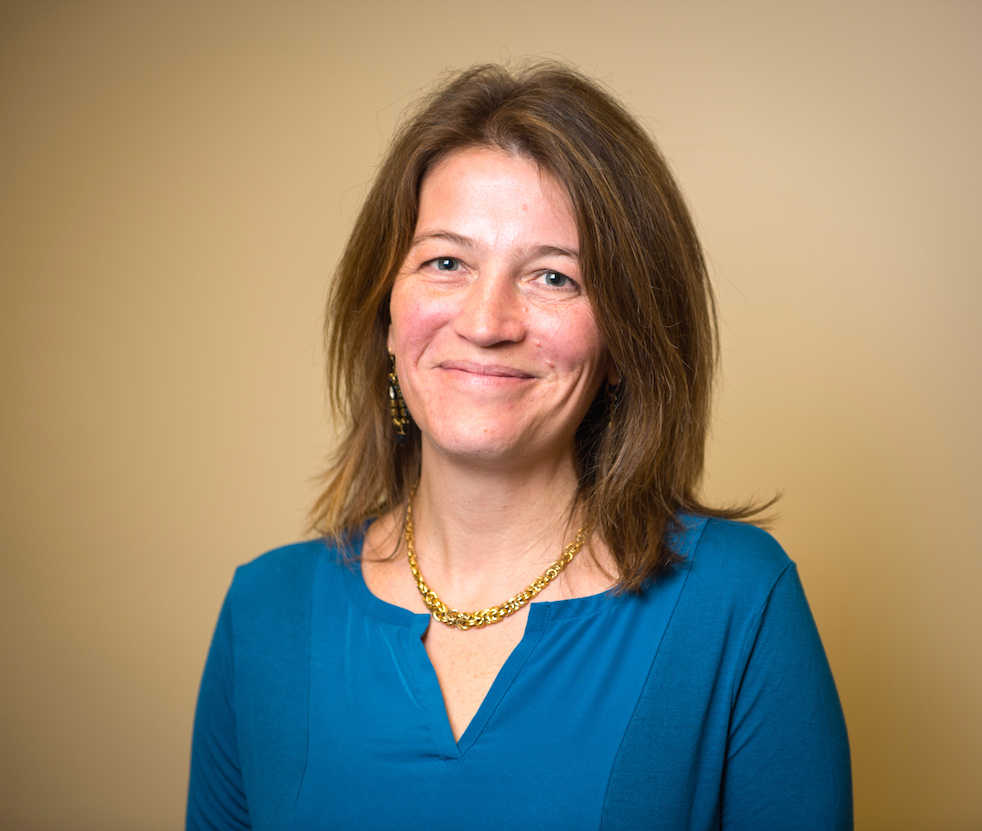One hundred thirty million years ago, two neutron stars collided, producing gamma rays, gravitational waves and a lingering “afterglow” of gases. This collision was detected by the Laser Interferometer Gravitational-Wave Observatory (LIGO) on Aug. 17, which employs several Tech researchers.
This cosmic event, however, was invisible to the human eye, only detectable on finely tuned instruments. LIGO’s two detectors, located in Louisiana and Washington, both recorded the event, which endured for only
90 seconds.
The Virgo observatory, a similar interferometer located in Italy, also picked up the same ripples in spacetime passing through Earth, a first detection of gravitational waves for the observatory.
“Since we had three detectors, we could basically triangulate where the signal was coming from to a patch in the sky,” said Laura Cadonati, an astronomy professor in the School of Physics at Tech and deputy spokesperson for the LIGO Scientific Collaboration. “It was still small enough that telescopes could scan the area and they saw a light that was not there and had appeared.”
According to Cadonati, the tiny light that they found in the sky was exciting: the gravitational and gamma wave detections comprise the first time a collision of neutron stars has ever been viewed, and the first time that an astronomical event has been studied using both electromagnetic and gravitational information.
As an astrophysicist, Cadonati is one of the many researchers who are actively working to observe and learn from the data LIGO reaps. In her role as deputy spokesperson for the LIGO Scientific Collaboration, she helps to represent over 1,500 physicists, astronomers and other researchers from all over the world who are all passionate about the observation and analysis of celestial events.
The announcement of the discovery came about two months after the neutron star collision, on Oct. 16.
The event proves that the collision of neutron stars releases short gamma ray bursts. These bursts were observed by two separate space telescopes, the Fermi Gamma Ray Burst Detector and INTEGRAL.
Observatories received both light and gravitational waves from the cosmic event, and both types of waves arrived within two seconds of one another, the first evidence that proves gravitational waves travel at the speed of light.
When the neutron stars collided, they produced an initial burst of matter called a “kilonova,” which blasted many heavier elements such as iron, platinum and gold out into space. Now, huge clouds of gas containing these elements surround the collided stars.
The confirmation of the existence of a kilonova gives an answer to one of the biggest questions asked by astrophysicists: where in the universe are the heaviest elements of the periodic table formed?
Scientists now speculate that a neutron star collision just like this one might have been the start of some of the matter that composes our very own planet.
In addition, the amplitude of the waves that reached Earth are very telling. Measuring the height of the waves allows scientists to discern just how far away these stars were, which will indirectly lead them to a more precise way to calculate the rate of expansion of the universe.
Researchers are not exactly sure what has become of the body that was formed of the two neutron stars, which themselves are formed when the cores of large stars collapse during a supernova that marks the end of their life. Cadonati’s colleagues currently theorize that it has created a small black hole.
Cadonati has been impressed with the high levels of collaboration within the LIGO community. The researchers have managed to publish their discoveries in an extremely short period of time, despite the fact that some of the papers have hundreds of
authors listed.
“I am really sitting on the shoulders of giants,” Cadonati said. “The collaboration has been an amazing experience. There have been people who have devoted their lives to this, and it really gives me such a joy to witness.”
